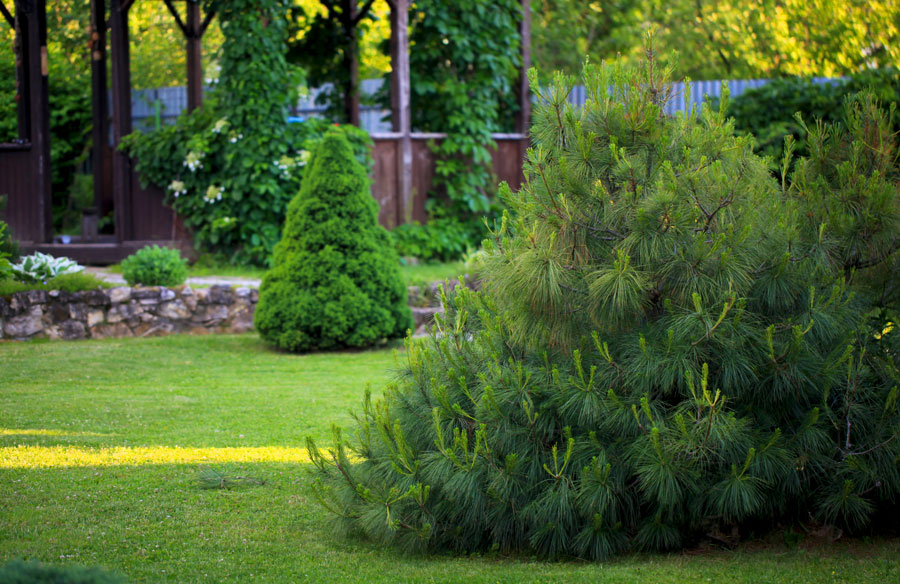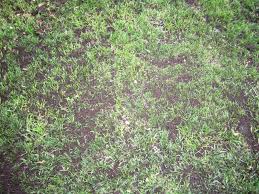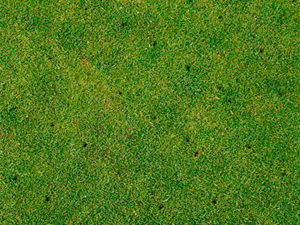
Whether your home is on a zero lot line, or you simply want to create more privacy around your outdoor spaces installing outdoor privacy screens can make a major impact in the atmosphere of your space. Privacy screen plants are among some of the easiest ways to incorporate landscaping ideas for privacy. You can find native North Carolina fast-growing evergreens and other plants that will fit into your space by talking to a landscape professional like Turf Works. Below are a few tips to get you thinking about your privacy screen project.
When planting a privacy screen use varied types of plants.
An important rule in designing your privacy screen is to provide a level of diversity of your plants. Electing to install only 1 type of plant can put your screen at risk if pests or disease strikes. Certain pests can wipe out a specific species, and if you are not diversified in your privacy landscape screening you could be at a complete loss in your investment. Rather, speak to a landscape professional like Turf Works to create a diversified mix of plants to minimize replacement costs and maintain a privacy screen if you were to lose a species.
When planting a privacy screen be intentional about the pattern of your installation.
Once you’ve selected your plant species, have them installed in groupings of three to five. Plant these groupings in over-lapping, staggered layers to provide a more thorough aesthetic year round.
When planting a privacy screen do not install plants on top of each other.
You want to provide enough distance between plants in order to ensure that each plant in your privacy screen receives enough sunlight and air circulation to keep it healthy. Minimizing these elements can put your landscape privacy screening at increased risk of fungal and bacterial diseases. This strategy requires extra patience while your privacy screen matures, but will end up saving you time and money in the end. Plant for the mature size of the screen. What’s it going to look like in 5 years, 10 years, and so forth. Plants don’t stop growing, so while they may look just the right size when you plant them, remember they’re going to grow. Plan for the ultimate height and width.
When planting a privacy screen use some non-plant materials
In addition, it may be worth your while to investigate materials. Not all fencing needs to be made of wood or composite. You can use willow or bamboo fencing/screening. You can also create a wattle fence using willow branches or other flexible materials.
Be sure to understand the environmental conditions of your outdoor space. The amount of shade, proximity to larger trees, does it impact your neighbors space, etc… While the above are just a few tips when considering your Raleigh-Durham landscape privacy screen, Turf Works provides an intentional approach to walk you through all aspects of your privacy screen project.




